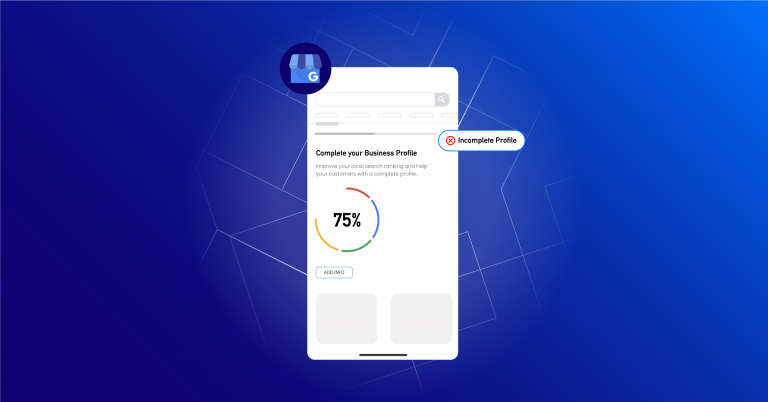As the owner of a multi-location brand, you must understand that critical mistakes in hyperlocal marketing strategies can prevent you from boosting your local presence and driving more foot traffic.
If you know an approach is flawed, do you wait for it to show poor results before taking action? Do you ignore warning signs, hoping the issues will be resolved on their own? Of course not.
Yet, many brands persist with practices that aren’t maximizing their success. So, why wait to make necessary changes when the improvements are clear? If a marketing strategy is underperforming, refine it now.
Once you proactively understand and address the common mistakes in hyperlocal marketing, your brand can significantly boost its local presence and drive more foot traffic.
This article will provide you with the most common but critical mistakes brands make and solutions that will drive foot traffic and enhance sales.

Here is a curated list of critical mistakes in hyperlocal marketing and their rectifications –
Many brands make the mistake of missing details like business hours, accurate contact information, and thorough addresses on their Google My Business Listing. These omissions can confuse potential customers and result in lost business.
Most consumers consider a brand 2.7 times more reputable if they have a complete business profile on Google Maps or Google Search. Thus, ensure your GMB listing is complete and accurate. Include all relevant information, including business hours, contact details, and a precise address.
In fact, if your Google business listing is complete and accurate, 70% of people will visit your store, and 50% will consider a purchase.
SingleInterface helps businesses enhance their online presence across hyperlocal platforms. It ensures that business listings are accurate and comprehensive, improving visibility in local searches. This enhanced visibility helps increase foot traffic and even drives new consumers.
Brands often rely too heavily on a single marketing platform, such as social media or depending solely on GMB. This can limit their reach and reduce the effectiveness of their marketing efforts.
A diversified approach is essential for successful hyperlocal marketing. Utilize multiple platforms, including social media, GMB, local business directories, location pages, activation of automated chats, and offline methods such as flyers and local event sponsorships. Studies suggest that 73% of consumers prefer multiple channel options when making a purchase. Combining online and offline efforts ensures a broader reach and more touchpoints with potential customers.
Some brands jump into hyperlocal marketing without thoroughly understanding the local market, services, and offers. This often leads to ineffective campaigns that do not resonate with the local audience.
Before launching a hyperlocal campaign, invest time in understanding the local market. Research local customer preferences, popular local services, and existing offers. Tailor your marketing efforts effectively to meet the particular needs and preferences of the local community.
Ignoring online reviews or failing to leverage them can be a significant missed opportunity for brands. Reviews are a powerful way to influence potential customers and enhance your online reputation.
Given that 90% of consumers rely on online reviews before making a purchase, actively encouraging satisfied customers to share their positive experiences is crucial for local businesses. By promptly responding to reviews, you demonstrate your commitment to customer satisfaction, show that you value their feedback, and build trust with potential customers. Such proactive approaches can significantly increase and strengthen your association with high-intent prospects and unlock strategic growth opportunities, particularly in local contexts.
Brands that do not personalize their content miss the chance to connect with the local audience. Generic content does not engage local customers effectively and can result in lower engagement and conversions.
Create content that your local audience relates to by incorporating local keywords, references to local events, and community-specific offers. Use local language and humor to make your content relatable and engaging. Engage with local influencers and community leaders to amplify your message and build a strong local presence.
Before we conclude, here are some things multi-location brands should keep in mind before building a hyperlocal marketing campaign –
Brands must avoid the common mistakes mentioned in the article and implement these hyperlocal solutions so they can effectively enhance their local marketing efforts, attract more foot traffic, and foster stronger connections with their local communities.
Using tools like SingleInterface can further streamline these efforts, ensuring comprehensive business listings for better local search rankings. Make the necessary adjustments now to ensure continued success and growth.